Understanding Cover Crops and Green Manure Crops

by
Lee @ Lady Lee's Home
(IC: blogger)
In the past couple of years, I used hay and straw to cover the soil in my home garden both when there is nothing growing in a bed and between vegetable crops during the growing season as mulch.
At first, I did it because I wanted to find a way to get rid of weeds since weeding in the middle of the summer when it’s 100F outside is obviously not one of my favorite activities. But very quickly I noticed the many other benefits to covering the ground. My soil became so much richer, darker, full of worms and microorganisms life, it held water much better, I didn’t have to add compost, and I had to spend very little time weeding.
At first, I did it because I wanted to find a way to get rid of weeds since weeding in the middle of the summer when it’s 100F outside is obviously not one of my favorite activities. But very quickly I noticed the many other benefits to covering the ground. My soil became so much richer, darker, full of worms and microorganisms life, it held water much better, I didn’t have to add compost, and I had to spend very little time weeding.
Last year, when I decided to become a market gardener, I automatically assumed that the best thing will be to just expand my current operation. So I set up my 66 garden beds on our farm and after preparing the soil I covered the whole thing with many bales of hay that cost me a good amount of money.
What are Cover Crops and Green Manure Crops?
Leguminous cover crops (clover, beans, peas, vetch, soybeans, and alfalfa, for example) have the ability to capture nitrogen from the atmosphere and store it in nodules in their roots. Once those plants die and decompose, they release nitrogen back into the soil. This nitrogen is easily available and very valuable for the subsequent crops (although it might be tied up by soil microbes for a while. When those microbes die, they release the nitrogen. This precess will move along faster in warm, moist soil).
Enjoyed the project?

Want more details about this and other DIY projects? Check out my blog post!
Published April 21st, 2016 2:56 PM



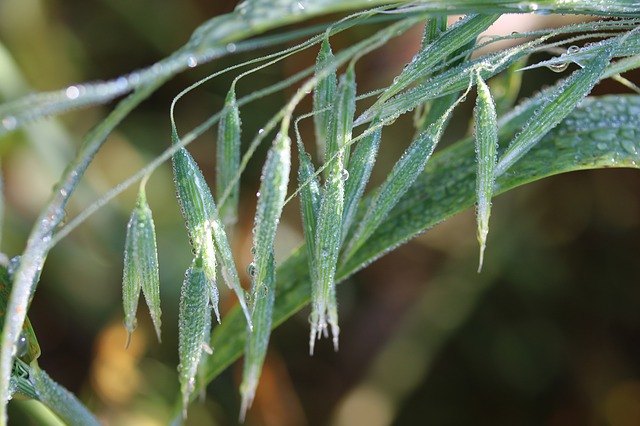




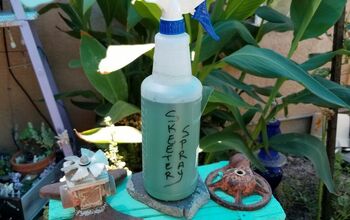
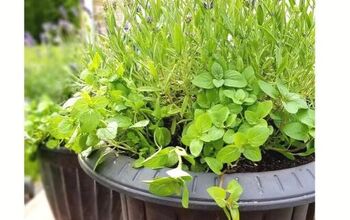
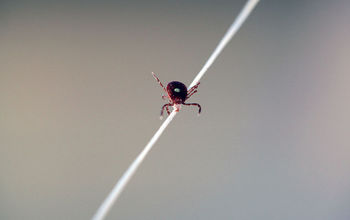
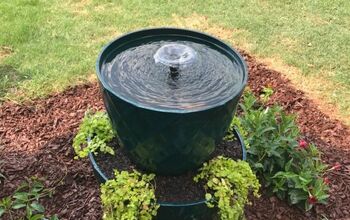

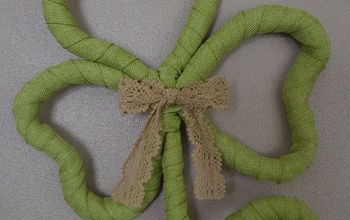
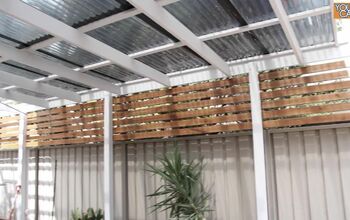


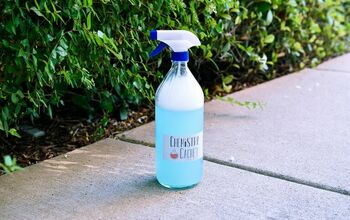
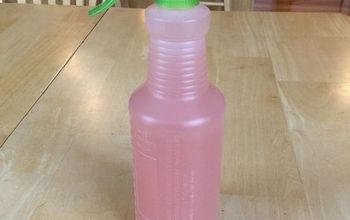
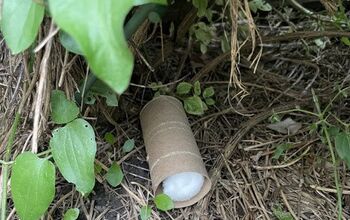

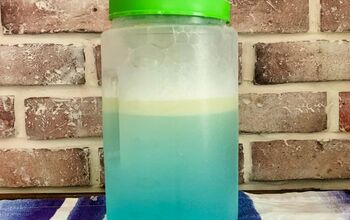




Frequently asked questions
Have a question about this project?